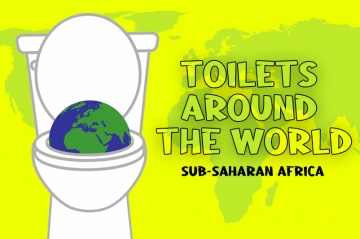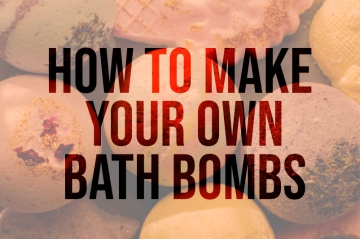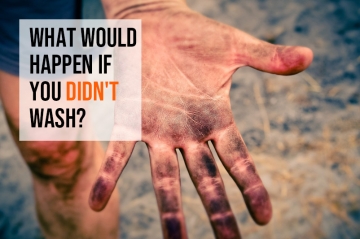Facts About Toilet Paper
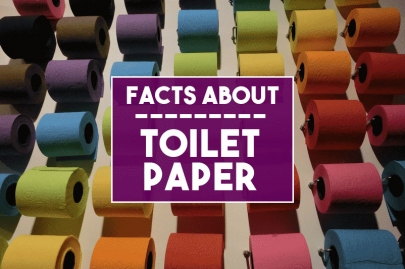
Facts About Toilet Paper
You probably don't spend a lot of time thinking about toilet paper but it's an essential necessity of modern daily life. Toilet paper has existed in one form or another for centuries and has improved the personal hygiene of countless people around the globe. Even today, however, the vast majority of the world's population doesn't use toilet roll, with estimates stating that between 70 and 75% of people either don't have access to, or choose not to use, toilet paper. This can be because of a lack of trees, insufficient funds or the belief that toilet paper is a luxury item and not worth buying. For those people who do have access to toilet paper, it can be taken for granted at times, despite how important a role it plays in our lives. You might be surprised by how many interesting facts about toilet paper there are, so we've gathered some of the more important and unusual tidbits in this article.
- Toilet paper is believed to have been first patented in Albany, New York in the 1871 by Seth Wheeler. Toilet paper had existed in some form for thousands of years but Wheeler was the first to register the concept of paper wrapped around a cardboard tube, referring to it as “perforated wrapping paper” in order to avoid mentioning the word “toilet”.
- It is estimated that the average person uses 8-9 sheets per toilet visit, 57 sheets per day and about 100 rolls of toilet paper per year, which equates to more than 20,000 sheets annually.
- Based on the a above estimates, a person will use the equivalent of about 384 trees' worth of toilet paper throughout the course of an average lifespan. This is not as severe as it might sound, due to increasing attention on sustainable wood and the fact that much toilet roll is now created using recycled materials. Toilet paper itself is not recycled, for obvious reasons.
- It's almost impossible to know how much toilet paper is produced daily around the world, though it's estimated that Americans purchase about six billion dollars worth of toilet roll annually, making them the most lucrative market globally.
- Historically, two-ply toilet paper was simply two sheets of one-ply paper stuck together. Today, the single sheet of one-ply paper is usually thicker than the individual sheets that make up two-ply, meaning the difference in thickness between the two types is often not as great as you might think. One-ply paper also breaks down more easily, making it a safer choice for septic systems such as those found on boats and caravans. A one-ply roll of paper should also last longer, as there are significantly more pieces to use.
- Other than its primary role, toilet paper can also fulfil a number of other tasks due to its toughness and generally being cheaper than nasal tissues. These tasks can include wiping your nose (many people can be surprised by a cold and be left with no alternative but their trusty toilet roll), removing makeup, stuffing a box during packing and cleaning smooth surfaces such as mirrors or windows. In a pinch, toilet paper can be relied on to help.
- Printed toilet paper has long been popular, with floral and other designs adding variety to the traditional white roll. The global rise in popularity of sudoku in the 2000s saw toilet paper with printed puzzles becoming hugely successful. Today, there are printing companies that will produce personalised printed toilet paper (useful if you're suspicious that someone is stealing your rolls).
- High quality toilet roll can be used for a variety of purposes. As proof of this, the website Cheap Chic Weddings have organised an Annual Toilet Paper Wedding Dress Contest, where contestants can only use toilet paper, glue, tape, a needle and thread. The resulting dresses are amazing but probably shouldn't be worn if there's any danger of rain on your wedding day.
- In a survey, approximately 7% of Americans admitted to taking any remaining toilet paper with them on leaving a hotel, though this is probably less of a concern to the owners than people stealing towels and bathrobes.
- A Japanese inventor has created a machine that recycles office waste paper and transforms it into toilet paper. The machine, named the White Goat, takes about 30 minutes to convert 40 sheets of A4 paper into a toilet roll. Unfortunately, the machine costs in the region of £75,000, meaning it would likely take at least a decade for an owner to break even in terms of money saved on toilet paper. In terms of reducing paper waste and effectively recycling, however, the White Goat could be a sign of what the future holds. Continue your reading with our History of Toilet Paper article
Related Posts
Sometimes the inventions which have had most impact on our everyday lives are the ones which we take the most for granted. Where would we be without the wheel, writing or even the internet? Another invention which we take for granted is the access to toilets and sewerage system, and it's not until you visit other countries which don't come up to Western European standards that you realise just how fortunate we are.
Don't want to have to pay for bath bombs? Here is how you can try and make your own bath bombs to add to your bath.
We are very lucky in the country to have clean running water to enable us to keep clean but what would happen if you didn't or couldn't wash for an extended period of time? We take a look.

